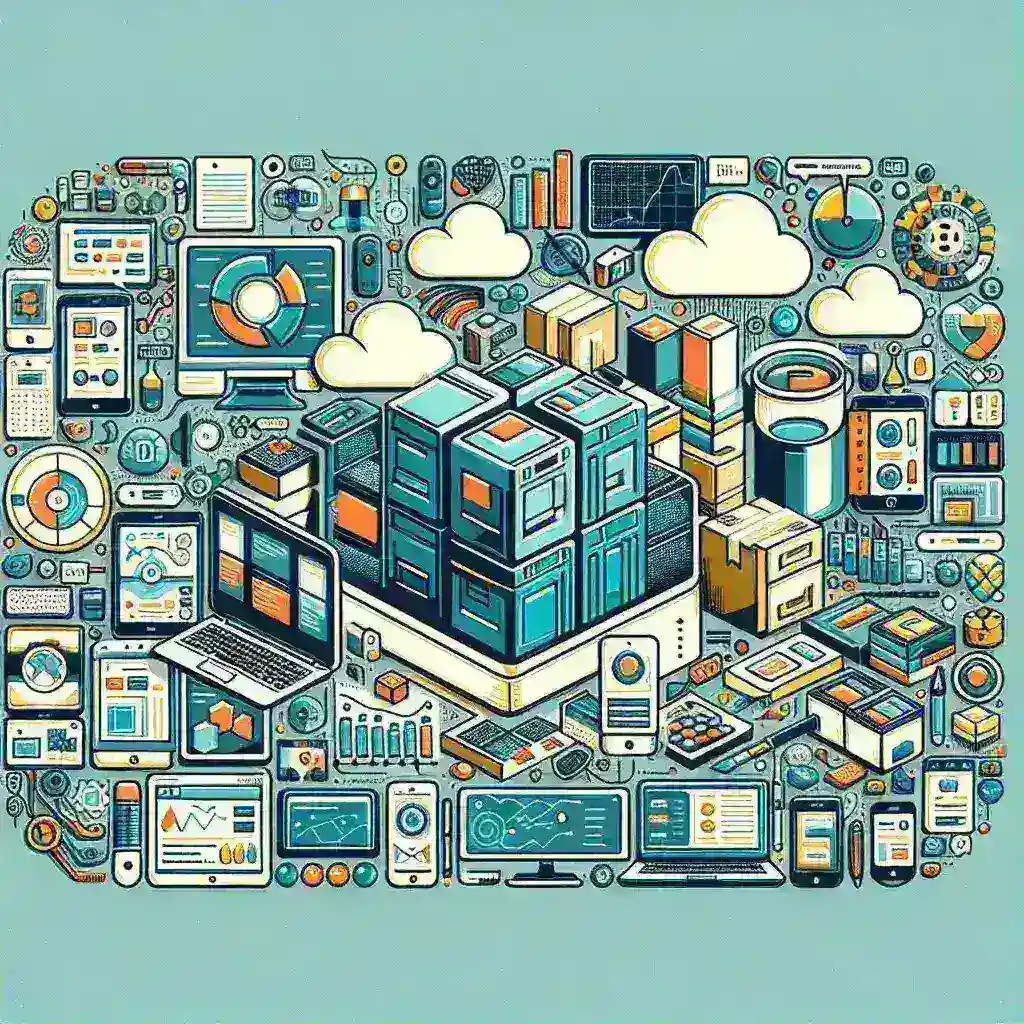Streamlining Docker Management with Graphical User Interfaces
Docker, a powerful containerization platform, offers unparalleled flexibility and efficiency for software development and deployment. However, interacting with Docker via the command line can be daunting for beginners and even experienced users might find it time-consuming for complex operations. This is where graphical user interfaces (GUIs) come into play, providing a user-friendly visual layer for managing Docker containers, images, networks, and volumes.
Choosing the right GUI can significantly enhance your productivity and simplify your workflow. This article explores some of the best GUI tools available, helping you select the perfect fit for your needs and experience level.
Top Docker GUI Tools: A Detailed Comparison
Several excellent GUI tools offer diverse features. Let’s delve into some of the most popular options:
-
Docker Desktop: The Official Choice
Docker Desktop is the official GUI provided by Docker Inc. It’s a comprehensive solution integrating container management, Kubernetes orchestration, and more. Its intuitive interface simplifies common tasks, making it an excellent choice for both beginners and advanced users. Docker Desktop supports Windows, macOS, and Linux, ensuring broad compatibility.
Pros: User-friendly, comprehensive features, official support
Cons: Can be resource-intensive, requires installation
-
Portainer: The Lightweight Champion
Portainer is a lightweight and open-source GUI that excels in ease of use and minimal system resource consumption. It’s ideal for managing Docker environments on resource-constrained systems like Raspberry Pi or even for quick management of local setups. Portainer offers a clean interface for managing containers, images, networks, and volumes, and even extends its capabilities to manage Kubernetes clusters.
Pros: Lightweight, easy to use, open-source, supports Kubernetes
Cons: Feature set might be less extensive compared to Docker Desktop
-
Kitematic (Deprecated): A Simpler Approach
While officially deprecated, Kitematic was a notably user-friendly tool for beginners. If you find older resources referencing it, understand its development has ceased, and alternative solutions are recommended.
-
Rancher Desktop: A Kubernetes-focused Option
Rancher Desktop provides a streamlined experience for managing Kubernetes locally. While not strictly a Docker GUI only, it integrates Docker functionality seamlessly within a Kubernetes context. If your workflow heavily involves Kubernetes, Rancher Desktop offers a powerful and intuitive approach.
Pros: Kubernetes integration, smooth local development experience
Cons: Primarily designed for Kubernetes users
-
Lazydocker: Command-line Enhanced
Lazydocker bridges the gap between command-line proficiency and graphical convenience. It provides a text-based interface that’s surprisingly intuitive and offers a quick way to manage containers. It’s a great option for those comfortable with the terminal but seeking a more visual representation of their Docker environment.
Pros: Terminal-based, efficient, quick access to container information
Cons: Not a full-fledged GUI, requires some command-line familiarity
Choosing the Right GUI for Your Needs
The best GUI for managing Docker containers depends on your specific requirements and experience level. Consider the following factors:
- Ease of use: Docker Desktop and Portainer are known for their user-friendly interfaces.
- System resources: Portainer is a particularly lightweight option for resource-constrained environments.
- Features: Docker Desktop offers the most comprehensive set of features.
- Kubernetes integration: Rancher Desktop offers tight integration with Kubernetes.
- Command-line preference: Lazydocker offers a convenient blend of terminal and visual management.
Experiment with different tools to identify the one that best complements your workflow and enhances your Docker experience. Each tool presented offers a unique set of advantages. Remember to thoroughly review the documentation and user guides for each application to maximize your usage and understanding. Finding the right tool can significantly improve your container management efficiency and overall productivity.
For further learning and community support, consider exploring the official documentation and community forums for each application. This will provide access to additional resources and assistance as you improve your Docker skills.
By leveraging these GUIs, you can transform your interaction with Docker from a complex command-line experience to a visually intuitive and efficient workflow.

Leave a Reply